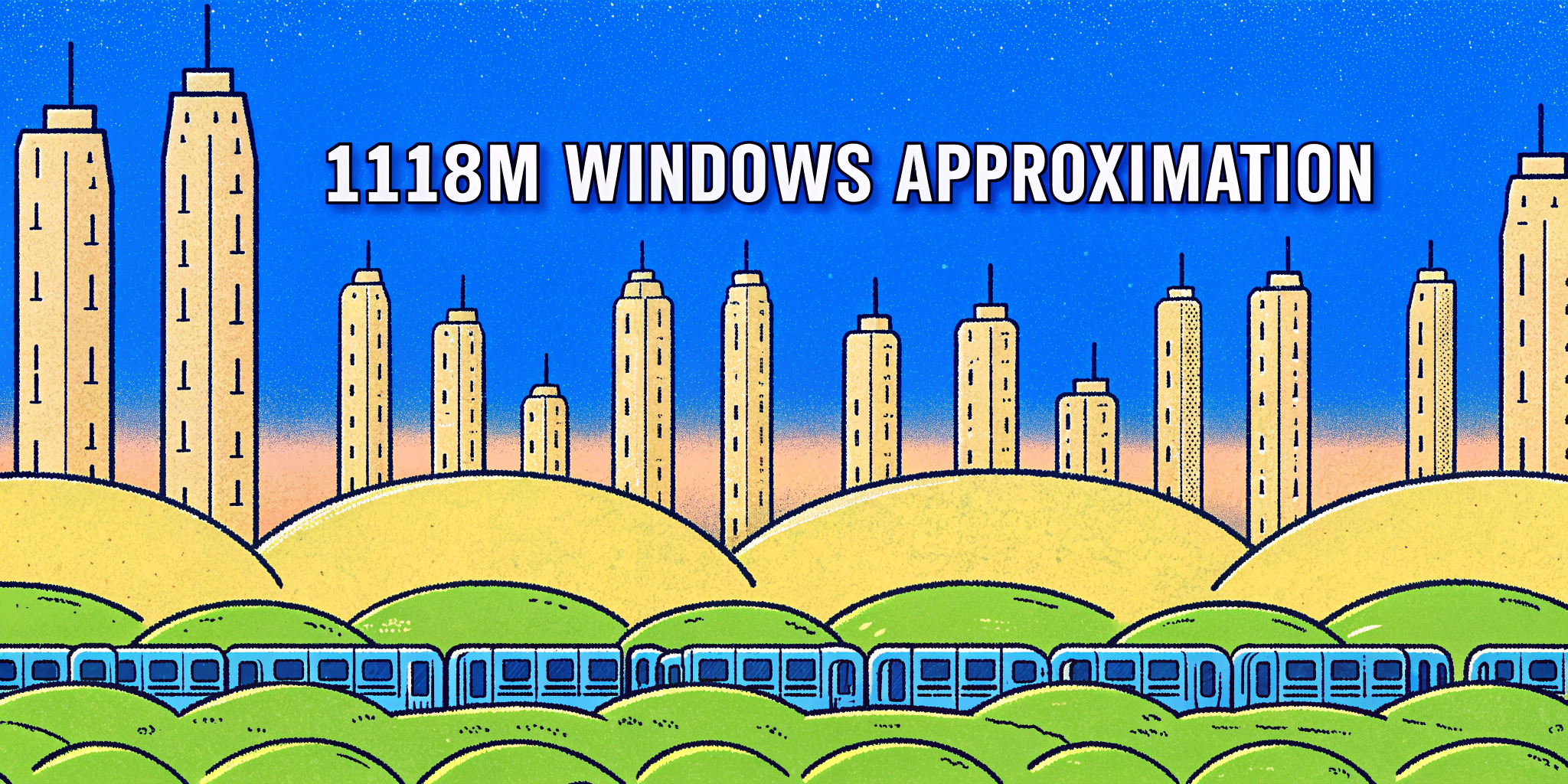Introduction
Imagine sitting across from a hiring manager, sweating under the pressure of an interview, and then comes the curveball: “How many windows are there in New York City?” Your mind races. What kind of question is that? Are they serious? What does this have to do with the job?
Let me tell you, this is exactly the kind of question that separates problem-solvers from mere rule-followers. Jeff Bezos, during Amazon’s early days, famously used this question as part of his interviews. It wasn’t because he needed the exact number of windows but because he wanted to see how applicants thought on their feet, coped with unexpected challenges, and demonstrated logical reasoning. The goal wasn’t the answer—it was the process. Let’s dive deep into this fascinating question and understand its significance.
1. Why “How Many Windows in New York City?” Is Asked
The question is not about the number of windows—it’s about problem-solving under uncertainty. Bezos himself explained that such questions evaluate two key traits:
- Composure in ambiguity: Can the candidate stay focused when caught off guard?
- Critical thinking: Do they go beyond surface-level assumptions, considering multiple perspectives like different types of windows (e.g., car, building, subway)?
In high-pressure environments like client services or product management, staying calm and tackling an issue methodically is essential. Bezos believed that your reaction to oddball questions often hints at how you’d perform in real-world situations.
2. Breaking It Down: Different Types of Windows
Before guessing a number, a candidate needs to acknowledge one important fact: windows come in all shapes and functions. It’s not just about skyscrapers or apartment buildings.
Here’s what we could classify as “windows” in New York City:
- Building windows (residential, commercial, industrial)
- Vehicle windows (cars, taxis, buses, trucks)
- Subway car windows
- Windows in boats and ferries
- Skylights and glass ceiling panels
- Storefront and display windows
This broader perspective underscores the importance of critical thinking during estimation challenges.
3. A Logical Framework for Estimation
To approach this question, let’s use some assumptions, arithmetic, and intelligent estimation. Remember, the goal is to demonstrate strategic thought, not to perfectly quantify every window.
Approach 1: Apartment Windows Example
Here’s one way we can estimate the number of windows on residential buildings:
| Metric | Value |
|---|---|
| NY Population | ~8.4 million |
| Avg. household size | 2.5 people/household |
| No. of households | ~3.36 million |
| Avg. windows per household unit | ~10 |
| Total residential windows | ~33.6 million |
So, just for residential properties, we’re already around 33.6 million windows!
Approach 2: Beyond Buildings—Vehicles, Subways, and More
To take it a step further, let’s consider other window sources in NYC:
| Additional Source | Estimation |
|---|---|
| Subways | ~6,400 cars x 10 windows each = 64,000 |
| Cars/taxis/trucks | ~2 million vehicles x 6 windows each = 12M |
| Buses | ~5,800 buses x 20 windows each = ~116K |
| Commercial & office buildings | ~double residential = ~67M |
| Everything else (misc.) | ~5 million windows |
| Grand Total Approximation | ~118.7 million windows |
4. Real-Life Inspirations: The Burj Khalifa and Other Cities
The Burj Khalifa
If you think NYC is unique, consider Dubai’s Burj Khalifa. With over 24,348 windows spread across its 163 floors, it highlights how scaling up (e.g., adding skyscrapers) exponentially increases window counts.
Other Cities for Comparison
- Chicago: Known for its dense collection of high-rise buildings, Chicago might come close to NYC in window numbers.
- Smaller cities like Austin or Portland? Far fewer windows due to fewer skyscrapers and lesser density.
Claim: Estimation questions like this can be applied in various contexts and even spark curiosity about other cities or marvels like the Burj Khalifa.
5. How to Stay Cool Under Pressure
The real magic in this question lies in how you react to it. Here are a few tips to ace tricky interview scenarios:
- Take a breath: Composure is part of the test.
- Clarify assumptions: State what you’re assuming (e.g., average windows per household).
- Show your math: Walk your interviewer through your logic step by step.
- Acknowledge limitations: It’s okay to mention factors you might not be able to account for (e.g., construction anomalies).
These soft skills are just as important as the answer itself.
6. Why Modern Interviews Ask Questions Like This
The purpose of questions like “How many windows in New York City?” is to:
- Showcase critical thinking and creativity.
- Test adaptability under pressure.
- Gauge reaction to ambiguity, a common trait in solving real-world problems.
This approach aligns with Jeff Bezos’s broader hiring philosophy: hire people who don’t freeze when faced with the unexpected but instead embrace it as a challenge.
7. Taking It a Step Further with Ninjafy AI
Overwhelmed by complex interview questions like this? I get it—I’ve been there! Thankfully, tools like Ninjafy AI have revolutionized how candidates prepare for such curveball questions.
With features like Industry-Specific AI Models and Mock Interviews, you can:
- Break down vague scenarios like this with real-time AI help.
- Train with highly personalized algorithms tailored to your resume and job application.
- Use the InvisibleEyetrack™ technology to maintain confident body language and eye contact—important factors interviewers look for, right?
Simply put, Ninjafy AI equips you with the tools to think clearly and respond authentically, even in high-pressure situations.
Conclusion: How Will You Answer the Question?
So, how many windows are there in New York City? Somewhere around 118 million, give or take a few million. But the real goal isn’t accuracy—it’s learning how to approach problems methodically, handle ambiguity gracefully, and think beyond the obvious. After all, if you can handle “How many windows in NYC?” in an interview, imagine how well you’ll handle on-the-job challenges.




